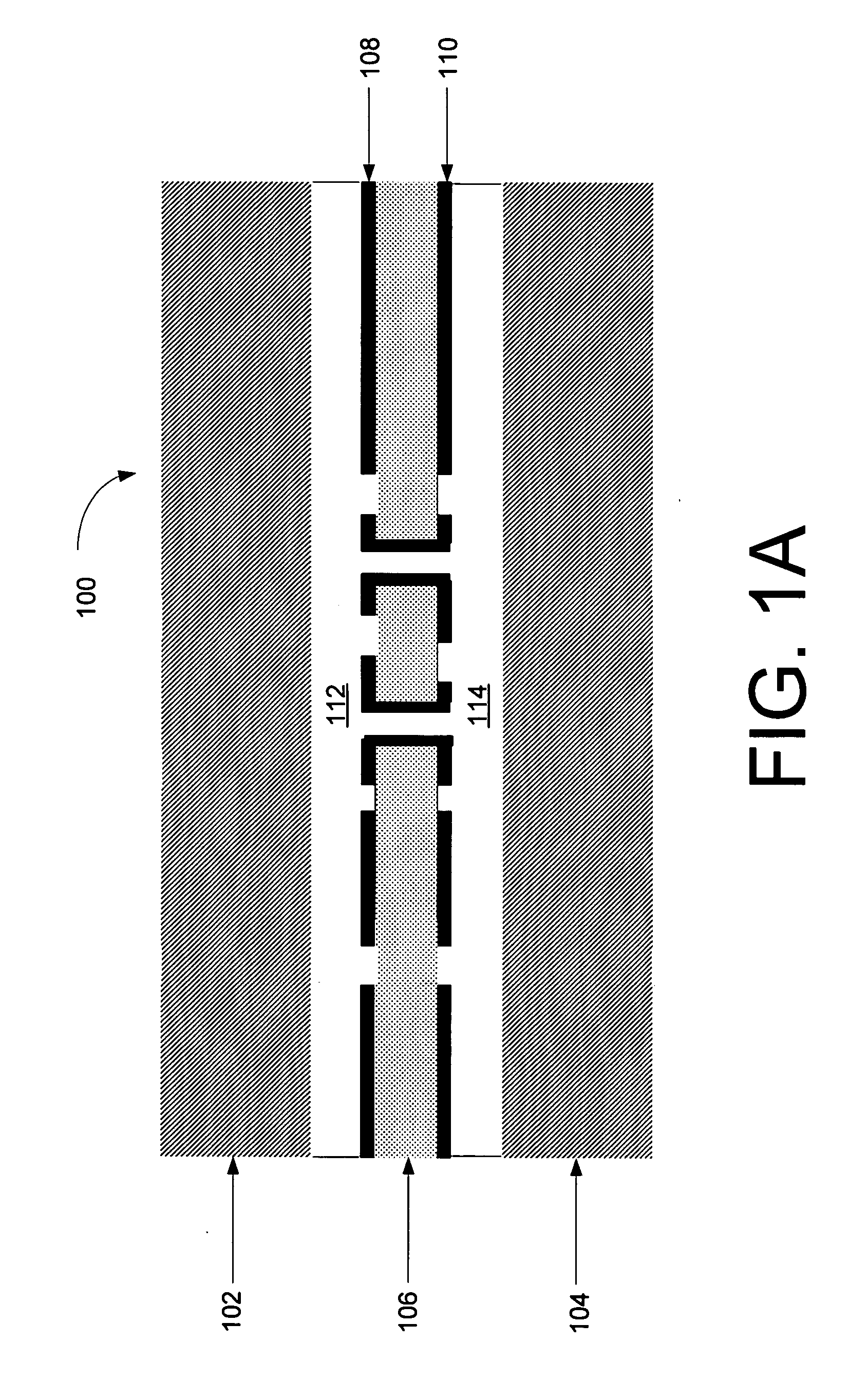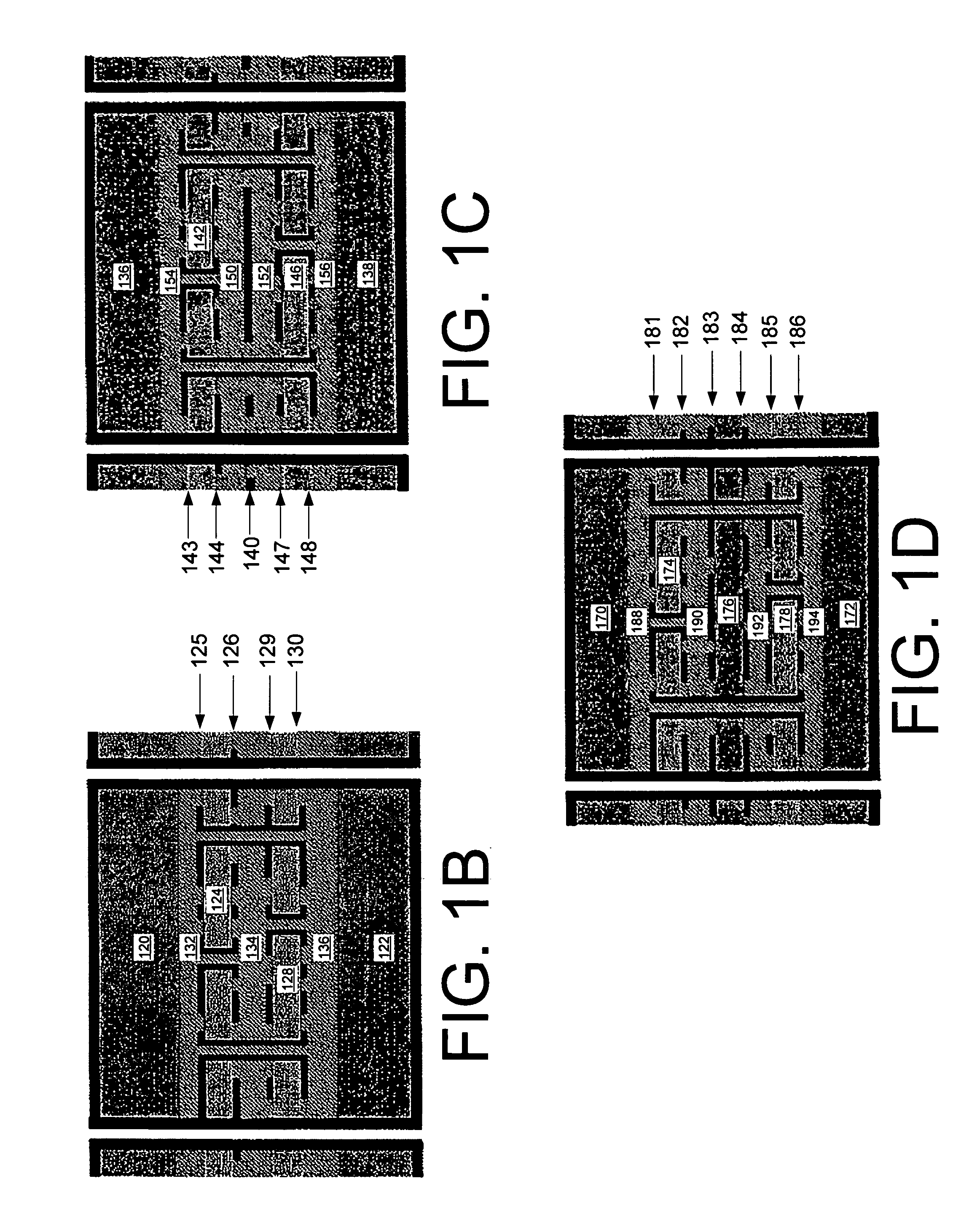Heterogeneous organic laminate stack ups for high frequency applications
a stacking and organic technology, applied in the direction of printed circuit manufacturing, printed circuit non-printed electric components association, printed circuit aspects, etc., can solve the problems of system performance suffer, the overall size of the printed circuit board assembly, and many challenges, so as to reduce the interconnection length, improve reliability, and reduce the effect of system siz
- Summary
- Abstract
- Description
- Claims
- Application Information
AI Technical Summary
Benefits of technology
Problems solved by technology
Method used
Image
Examples
Embodiment Construction
[0029] The present invention now will be described more fully hereinafter with reference to the accompanying drawings, in which preferred embodiments of the invention are shown. This invention may, however, be embodied in many different forms and should not be construed as limited to the embodiments set forth herein; rather, these embodiments are provided so that this disclosure will be thorough and complete, and will fully convey the scope of the invention to those skilled in the art. Like numbers refer to like elements throughout.
[0030] According to an embodiment of the invention, an exemplary heterogeneous organic materials structure will now be described with reference to FIG. 1A. The outer layers 102, 104 of the stack up 100 may include thermoplastics such as Rogers 4350 or Rogers 4003, liquid crystalline polymer (LCP), or other organic material such as hydrocarbon, Teflon, epoxy, or polyimide. The Rogers material is available from the Rogers Corporation headquartered in Roger...
PUM
 Login to View More
Login to View More Abstract
Description
Claims
Application Information
 Login to View More
Login to View More - R&D
- Intellectual Property
- Life Sciences
- Materials
- Tech Scout
- Unparalleled Data Quality
- Higher Quality Content
- 60% Fewer Hallucinations
Browse by: Latest US Patents, China's latest patents, Technical Efficacy Thesaurus, Application Domain, Technology Topic, Popular Technical Reports.
© 2025 PatSnap. All rights reserved.Legal|Privacy policy|Modern Slavery Act Transparency Statement|Sitemap|About US| Contact US: help@patsnap.com



